Tire Size 305/70r16 vs 285/75r16
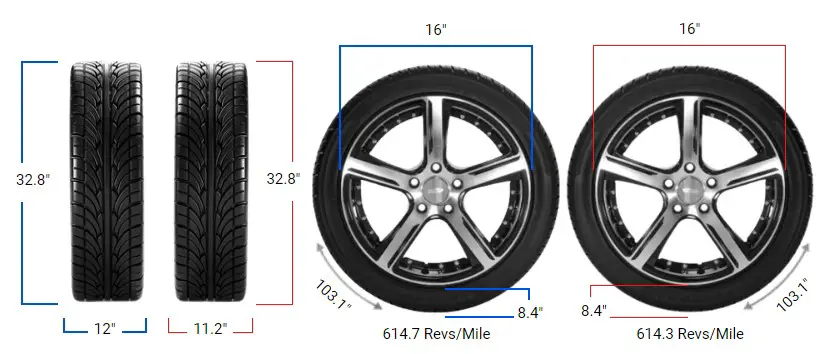
Are you considering swapping out your 305/70R16 tires for a set of 285/75R16? While the two sizes are very similar, there are some key differences to be aware of before making the switch. We’ll break down what you need to know to decide if 285/75R16 tires are the right fit for your vehicle.
- 285/75R16 tires are 0.79 inches (20 mm) narrower than 305/70R16
- Ride may be slightly firmer due to reduced air volume in narrower tires
- Marginally quicker steering response and cornering stability possible
- Minor improvement in fuel efficiency due to decreased rolling resistance
285/75R16 vs 305/70R16
Look at this comparison table to help you understand the difference between these options quickly and easily.
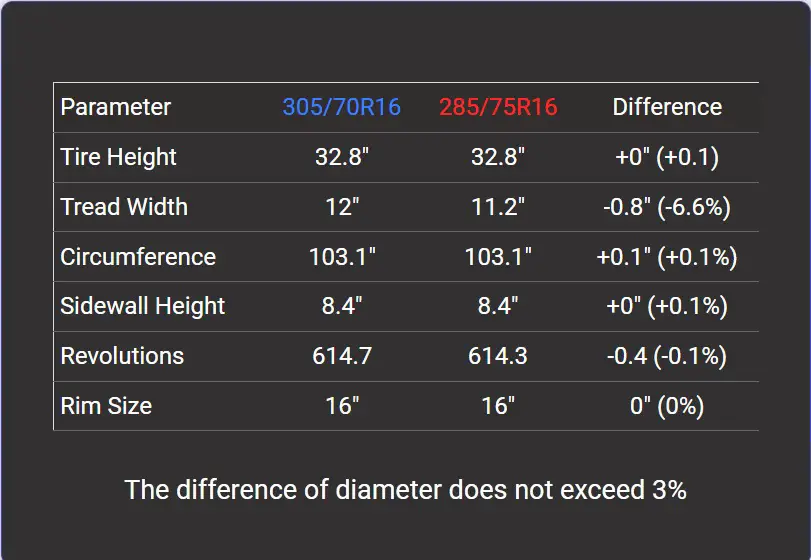
Fitment Guide
It’s best to stay within 3% of the factory size’s overall diameter when replacing tires. Going beyond this threshold often requires modifications so the new tires fit without rubbing or clearance issues.
At only a 0.1% difference in diameter, switching between these two sizes won’t cause major fitment problems. Both also have very similar load capacities.
Gas Mileage
The narrower 285/75R16 tire should provide slightly better fuel efficiency over the 305/70R16. Its more minor contact patch produces less rolling resistance, while its lighter weight reduces rotational inertia.
These attributes typically translate to modest gas mileage gains beneficial for daily drivers.
Ground Clearance
With almost identical diameters, these two sizes offer practically equal ground clearance. The 285/75R16 clearance is merely 0.01 inches lower than the 305/70R16, a difference far too small to impact off-road traction or on-road scraping potential.
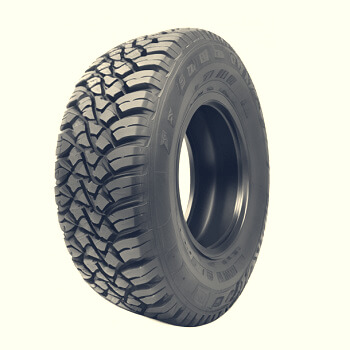
Ride Comfort
The nearly identical sidewall heights also mean a very similar ride quality. Both absorb bumps and impact effectively to isolate vibrations from the chassis.
Any difference in their cushioning ability is negligible – comfort will depend much more on construction, tread pattern and inflation pressure.
Aesthetic Appeal
Visually differentiating these two sizes takes a keen eye, even when mounted side-by-side. While the 305 additional 0.79 inches of width appears slightly more prominent, the difference is subtle. Tire style and wheel choice impart far greater visual impact.
Handling & Stability
With such minor dimensional variances, handling traits are very comparable between these sizes. Responsiveness and grip levels differ little – either option provides reliable stability and control.
There are much greater impacts on handling stems from tread design and rubber compounds.
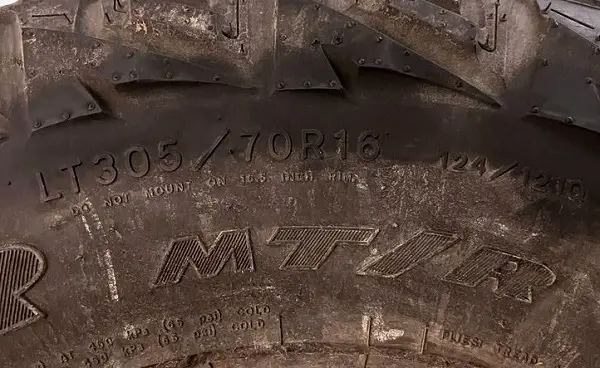
Noise & Vibration
Similarities in width and sidewall height also mean comparable noise and vibration characteristics.
Both effectively minimize cabin noise thanks to ample air volume and ride smoothing from the flexible sidewalls. Vibration damping is also on par.
Durability & Wear
The 285’s slightly narrower tread means each part of the tread contacts the road less often during a rotation. This can translate to marginally enhanced durability and longevity.
But tread life depends much more heavily on rubber hardness and tread depth.
Adverse Conditions
Both sizes offer surefooted traction in rain, light snow and off-road conditions courtesy of the raised outline white letter styling.
Deep mud and heavy snow traction gains only subtly benefit from the 305’s additional 0.79 inches of width.
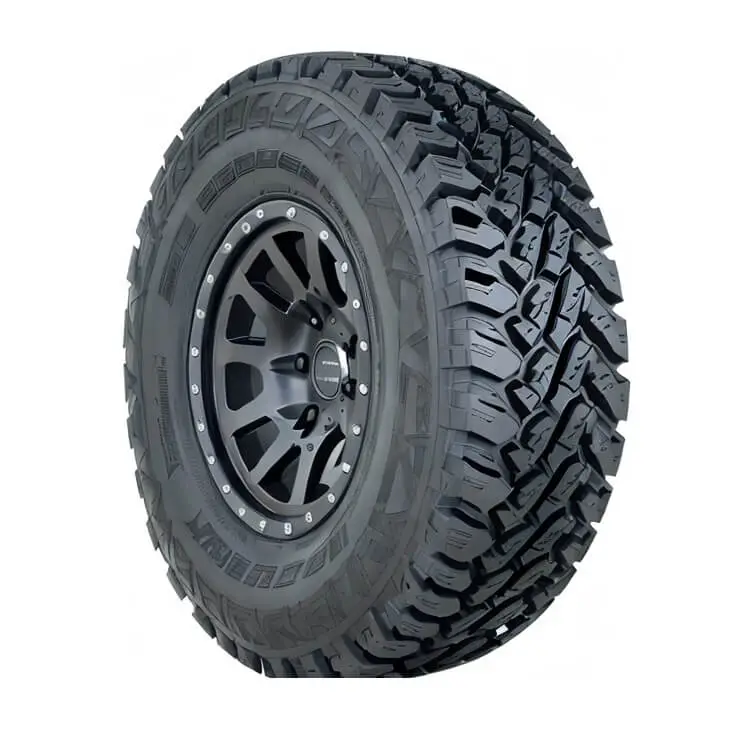
Speedometer Difference
The 285/75R16 causes the speedometer to read 0.01 mph faster than the 305/70R16 at an actual speed of 20 mph. This minor discrepancy has negligible impact on driving. Gauge precision depends far more on the tire model and inflammation level.
Can I Use 285/75r16 Instead of 305/70r16?
Yes, 285/75R16 tires are generally a suitable replacement for 305/70R16 tires. The 0.1% diameter difference is well within the typically acceptable range of 3%.
What Does 305/70r16 Mean?
The tire size “305/70r16” refers to a tire with a width of 305 millimeters, an aspect ratio of 70% (indicating the height is 70% of the width), and it is designed to fit a 16-inch diameter wheel.
Convert the tire size 305/70r16 to inches, and you get 32.8x12R16 in inches. This standardized representation provides key information about the tire’s dimensions, helping users choose the appropriate vehicle tire.
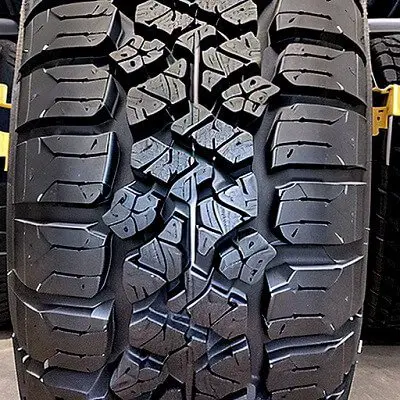
What is the Main Difference Between 305/70r16 and 285/75r16?
The primary difference is that 285/75R16 tires are 0.79 inches (20 mm) narrower than 305/70R16 tires. The overall diameters are nearly identical, differing by just 0.1%.
How Much Taller is a 285/75r16 Tire Than a 305/70r16?
285/75R16 tires are just 0.02 inches (0.5 mm) taller than 305/70R16 tires, a difference of only 0.1%. This height difference is negligible in practical terms.
How Much Wider is a 305/70r16 Tire Than a 285/75r16?
305/70R16 tires are 0.79 inches (20 mm) wider than 285/75R16 tires. This is the most significant dimensional difference between these two tire sizes.
Our Observation
With such minute dimensional differences between the 305/70R16 and 285/75R16 tires, performance is nearly identical across metrics like ride quality, handling, traction and clearance.
The 285’s slimmer width provides subtle efficiency gains but no significant advantage. Either delivers capable real-world performance.
Ultimately, the 285/75R16 is preferable for its improved fuel economy. But trucks’ or SUVs’ prioritizing style may favor the 305’s added visual width. Either way, drivers win with solid capability at a lower cost than upsizing further.

Meet Caitlin McCormack, a Tire Size Expert and Blogger Passionate About Everything Related to Tires. With Years of Experience in the Tire Industry, Caitlin Has Become an Expert in Tire Sizes and Their Impact on Vehicle Performance.
